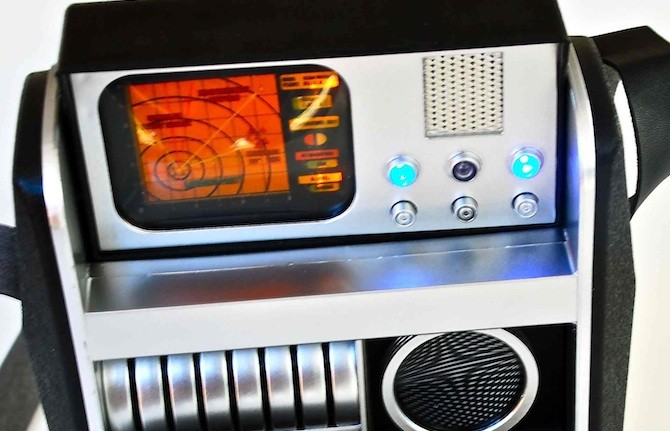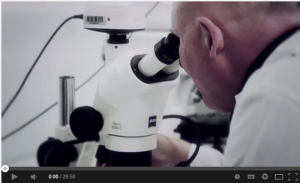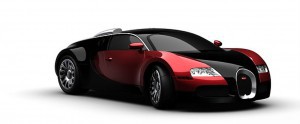The Tricorder, an invention from Star Trek
The TV series Star Trek invented a device, the Tricorder, which was rather unnoticed until Qualcomm decided to create an Open Innovation challenge around it. One version of the Tricorder was helping human beings to make their own reliable health diagnoses in less than 30 seconds.
With the proliferation of watches, wristbands and smartphone applications for measuring physiological parameters, it is not surprising that the Tricorder has attracted the attention of Qualcomm, a leading company in mobile technologies.
Contained in a squared box of the size of a car radio, the main Tricorder features were sensing, computing and recording of data of various kinds. In the TV series, the standard Tricorder was a device used primarily to scout unfamiliar areas, make detailed examination of living souls, and record and review technical data. A special version of the Tricorder could be used by the doctors of the vessel to measure health parameters of the crew thanks to a detachable probe. This is the version of the Tricorder that inspired Qualcomm.
From science fiction to reality
Many health parameters are today easily measured by consumer electronics devices, such as blood pressure, heart rate and temperature.
Many technologies implicitly used by the Tricorder have also made considerable progress: wireless sensors, data analytics, interactive data representation, artificial intelligence, diagnostic technologies based on the collection of physiological data. The combination of these technologies allows to consider making Tricorder a reality and to help detect conditions such as Anemia, Atrial Fibrillation, Chronic Obstructive Pulmonary Disease, Diabetes, etc.
It is complex to integrate all these technologies in a device that is both functional and attractive to users. Current attempts with wristbands or watches are far less ambitious than the Tricorder. They already measure some physiological parameters but also highlight the need to combine sophisticated technologies in a friendly design. It is not wise to propose a Tricorder in his Star Trek Version if a broad adoption is envisaged ! It will therefore be necessary to be creative in the design as much as in the technology.
Open Innovation, a method and an accelerator
This is where Open Innovation can help. In order to make the Tricorder a reality soon, Qualcomm, supported by XPrize Foundation, offers a $ 10 million prize to the team that will offer the best realization. Much freedom is given to the teams: they can take their own approach to design and functionality. Some directions are provided, for example, a maximum weight (less than 5 pounds) and a list of health conditions to be diagnosed. But much freedom is given to the teams regarding the form factor or usage pattern of the future Tricorder : with or without display; for daily or occasional use; coupled or not to a smartphone; etc.
The timeline is very tight: the first tests with users and the effectiveness of diagnoses are expected in the second half of 2015 with an award ceremony by early 2016.
Of course, the $10 million price is a powerful incentive. But we can also bet that the teams that best integrate the spirit of Open Innovation will also be the most effective. They need to reach quickly various experts outside their familiar ecosystem to cover all the competencies required in so many engineering and medical fields. They will also need to get really close to users to get their inputs and feedback. Platforms and methodologies specialized in Open Innovation are therefore very recommended to win the challenge.
It is under these conditions that the best team will make the new version of the Tricorder a success … and the creators of Star Trek some real visionaries!







[…] In order to make the Tricorder a reality soon, Qualcomm, offers a $ 10 million prize. Open Innovation is very recommended to win the challenge. (Can #OpenInnovation turn Sci-Fi into reality ? Spoke beam me up! […]